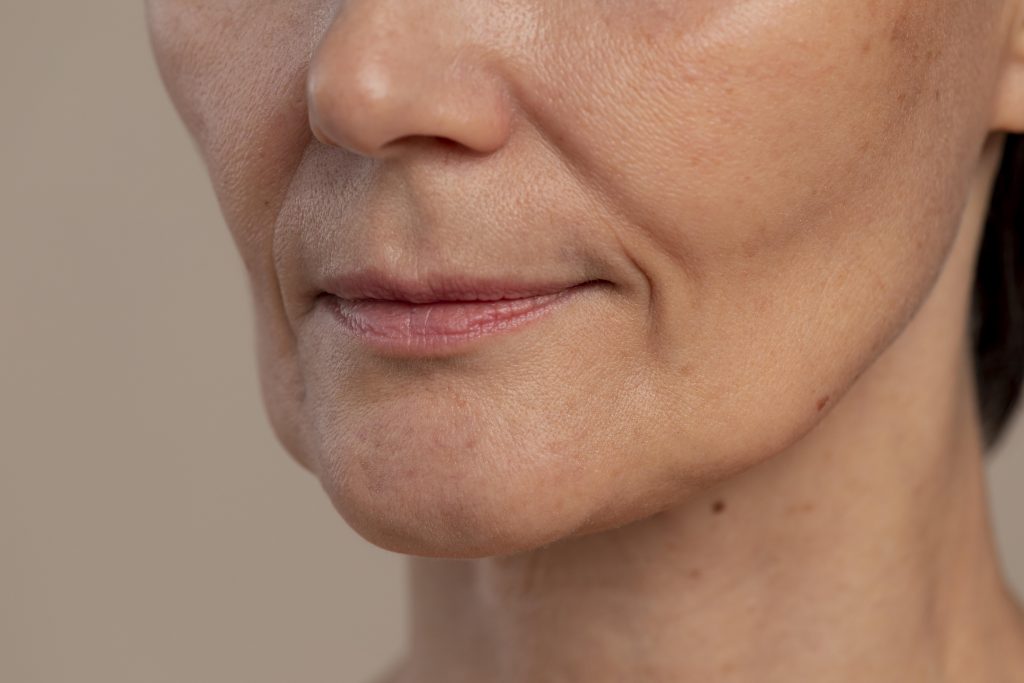Embark on a comprehensive exploration through the guide that unveils the intricacies of loss of facial volume. Whether you’re confronting this common concern due to inherent factors or pursuing effective solutions, this manual has been meticulously designed to provide you with invaluable knowledge, strategies, and motivation essential for addressing volume loss and rejuvenating your facial appearance with clarity and youthful vibrancy.

As we age, collagen and elastin production slow down, especially after reaching 30 years old. This reduction leads to the development of fine lines, wrinkles, and a significant decrease in facial volume, firmness, and plumpness due to the loss of fat. Collagen provides skin firmness, while elastin ensures elasticity, making their decline responsible for sagging and facial hollowing. Factors contributing to the decrease in facial volume include genetics, natural aging, sun damage, environmental aggressors, smoking, hormonal imbalances, illness, certain medications, and drastic or frequent weight loss.
The natural aging process leads to a decrease in collagen and elastin production, which are essential for maintaining skin’s firmness and elasticity. As these structural elements decline, facial tissues may start to sag and lose volume.
Over time, fat pads that give the face a youthful plumpness can shift and diminish. This can result in hollow areas, particularly around the cheeks and under the eyes, contributing to loss of volume.
With age, bones in the face can experience subtle changes, leading to a reduction in the framework that supports facial tissues. This can lead to sagging and loss of volume.
Prolonged sun exposure can accelerate collagen breakdown and elastin damage, hastening the loss of volume in the face and promoting premature aging.
Unhealthy lifestyle habits like smoking, poor diet, and inadequate skincare can accelerate the loss of facial volume. Smoking, for example, reduces blood flow to the skin and can contribute to premature aging.